Are Biodegradable Plastics Really Eco-Friendly?
The growing concern over plastic pollution has led to a surge in the popularity of biodegradable plastics. But the question remains: are they truly eco-friendly? To answer this, we need to dive into the science, production methods, and the actual impact these materials have on our environment. While biodegradable plastics promise a solution to the plastic crisis, the reality is often more complex than it appears.
At first glance, biodegradable plastics seem like a miracle. They are designed to break down more quickly than traditional plastics, which can linger in the environment for hundreds of years. However, their decomposition relies heavily on specific conditions that aren’t always present in nature. For instance, many biodegradable plastics require industrial composting facilities to decompose effectively. Without these facilities, they may not break down any faster than conventional plastics, leading to a false sense of security among consumers.
Furthermore, the production of biodegradable plastics can also have significant environmental impacts. While they are often made from renewable resources like corn or sugarcane, the agricultural practices used to grow these crops can lead to deforestation, loss of biodiversity, and increased greenhouse gas emissions. In essence, while we may be looking for a quick fix to our plastic problem, we must consider the entire lifecycle of these materials.
To genuinely assess whether biodegradable plastics are eco-friendly, we need to weigh their benefits against their drawbacks. Here are some key points to consider:
- Decomposition: Biodegradable plastics can break down under the right conditions, but many require industrial composting.
- Resource Use: The agricultural practices involved in producing biodegradable plastics can have their own environmental costs.
- Consumer Behavior: The effectiveness of biodegradable plastics largely depends on consumer awareness and proper disposal practices.
In conclusion, while biodegradable plastics offer a promising alternative to traditional plastics, they are not a silver bullet for the plastic pollution crisis. To truly make a difference, we need to focus on reducing our overall plastic consumption, improving waste management systems, and fostering a deeper understanding of the environmental implications of our choices. Only then can we hope to create a more sustainable future.
Here are some common questions people have about biodegradable plastics:
- What are biodegradable plastics made of? Biodegradable plastics can be made from natural materials like corn starch or synthetic materials designed to break down more easily.
- How long do biodegradable plastics take to decompose? The decomposition time can vary greatly depending on the type of biodegradable plastic and the conditions under which it is disposed of. Some may take a few months in industrial composting facilities, while others may take years in landfills.
- Can biodegradable plastics be recycled? Not all biodegradable plastics are recyclable, and mixing them with traditional plastics can contaminate recycling streams. It's essential to check local guidelines for disposal.
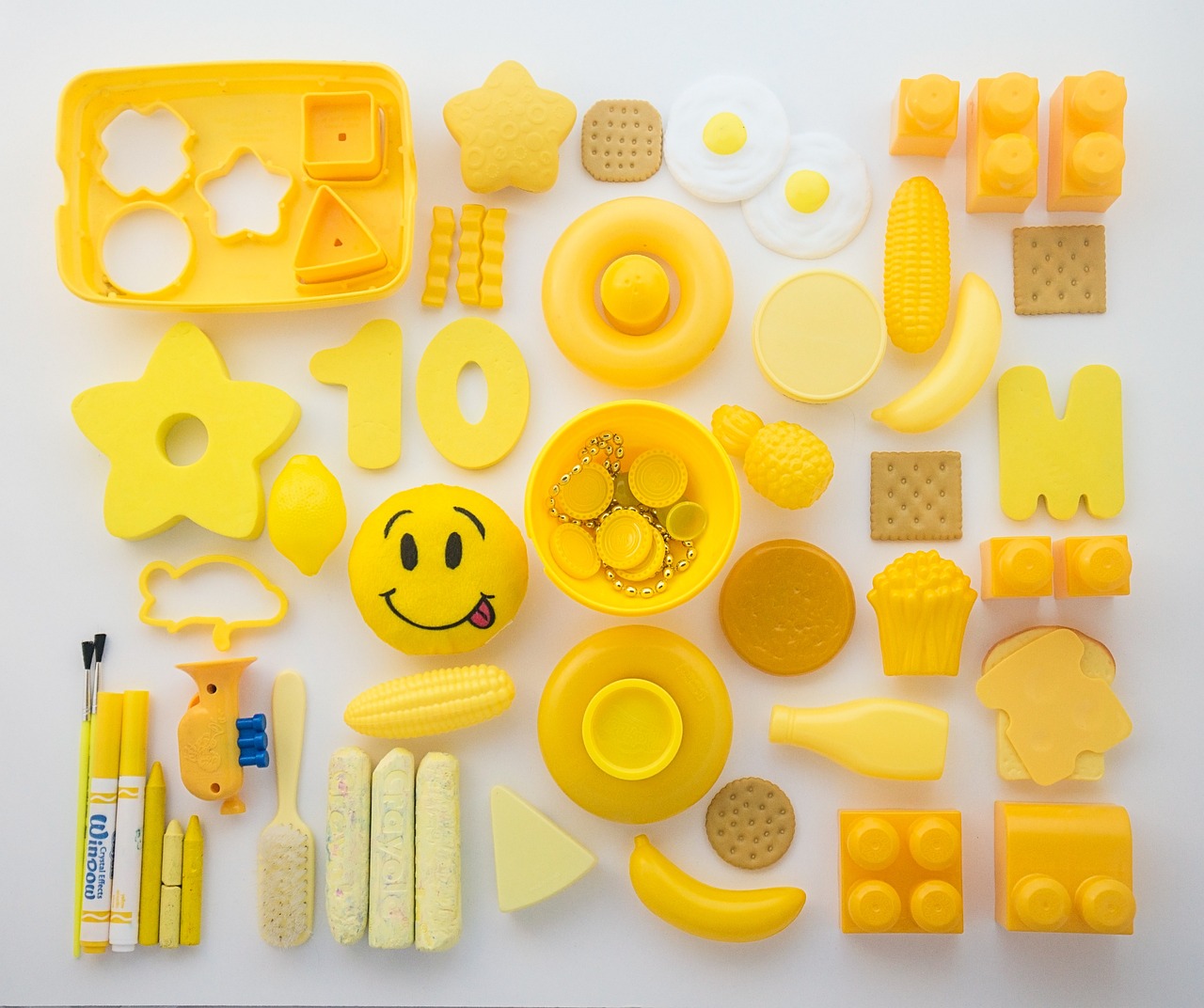
The Science Behind Biodegradable Plastics
When we dive into the world of biodegradable plastics, it's crucial to understand the underlying science that makes them different from traditional plastics. At their core, biodegradable plastics are designed to break down more quickly in the environment, thanks to their unique chemical composition. Unlike conventional plastics, which can take hundreds of years to decompose, biodegradable plastics are engineered to decompose through natural processes, primarily involving microbial action.
The production of biodegradable plastics typically involves renewable resources such as corn starch, potato starch, or even sugarcane. These materials undergo a transformation through various chemical processes to create polymers that can mimic the properties of traditional plastics. For instance, one of the most popular biodegradable plastics, PLA (Polylactic Acid), is derived from fermented plant starch. This process not only helps in reducing dependence on fossil fuels but also contributes to a lower carbon footprint during production.
However, not all biodegradable plastics are created equal. There are two main categories: biodegradable and compostable. While all compostable plastics are biodegradable, not all biodegradable plastics can break down effectively in a composting environment. Compostable plastics require specific conditions—such as higher temperatures and moisture levels—to decompose properly, which are typically found in industrial composting facilities.
To illustrate the differences in decomposition, consider the following table:
| Type of Plastic | Decomposition Time | Conditions Required |
|---|---|---|
| Traditional Plastics | 100-1000 years | Landfill, Ocean |
| Biodegradable Plastics | 3-6 months | Soil, Moisture |
| Compostable Plastics | 90-180 days | Industrial Composting Facility |
Understanding these differences is vital for consumers and manufacturers alike. The potential for biodegradable plastics to reduce environmental impact hinges on awareness of their properties and the conditions required for their effective degradation. Moreover, the term "biodegradable" can sometimes be misleading. Just because a plastic is labeled as biodegradable doesn't mean it will break down efficiently in every environment. For example, if biodegradable plastics end up in a landfill, they may not decompose as intended due to the lack of oxygen and sunlight.
In summary, the science behind biodegradable plastics is both fascinating and complex. By leveraging renewable resources and innovative chemical processes, we can create materials that offer a more sustainable alternative to traditional plastics. However, it's essential to recognize the limitations and specific conditions under which these materials can effectively decompose. As we continue to explore the potential of biodegradable plastics, we must also promote responsible consumption and disposal practices to maximize their environmental benefits.

Types of Biodegradable Plastics
When it comes to biodegradable plastics, understanding the different types is crucial for grasping their unique properties and applications. Biodegradable plastics are not all created equal; they vary significantly in their composition, production methods, and environmental impacts. In broad terms, these plastics can be categorized into two main groups: bio-based plastics and petrochemical-based plastics. Each of these categories encompasses various types that serve different purposes, from packaging to agricultural applications.
One of the most common types of biodegradable plastics is starch-based bioplastics. Derived from renewable resources such as corn or potatoes, these plastics are celebrated for their compostability. The production process typically involves extracting starch from these plants and converting it into a polymer through a series of chemical reactions. This process not only reduces dependency on fossil fuels but also contributes to a lower carbon footprint. Starch-based plastics are particularly advantageous in applications where they can break down in composting facilities, thus returning nutrients back to the soil.
Another prominent type is Polylactic Acid (PLA), which is made from fermented plant starch, often sourced from corn or sugarcane. PLA is widely recognized for its versatility and is used in everything from food packaging to disposable cutlery. Its production process involves fermenting the carbohydrates to produce lactic acid, which is then polymerized to create PLA. While PLA has excellent properties, such as clarity and strength, it does have some drawbacks, including a lower melting point compared to traditional plastics, which can limit its applications.
Additionally, there are PHA (Polyhydroxyalkanoates), which are produced by microorganisms through the fermentation of organic materials. PHAs are unique because they can degrade in a variety of environments, including marine settings, making them a promising option for reducing ocean plastic pollution. However, their production costs are currently higher than those of conventional plastics, which poses a challenge for widespread adoption.
To summarize, here are the primary types of biodegradable plastics and their characteristics:
| Type of Biodegradable Plastic | Source | Key Properties | Common Applications |
|---|---|---|---|
| Starch-Based Bioplastics | Renewable resources (corn, potatoes) | Compostable, low carbon footprint | Packaging, agricultural films |
| Polylactic Acid (PLA) | Fermented plant starch | Versatile, transparent, lower melting point | Food packaging, disposable cutlery |
| Polyhydroxyalkanoates (PHA) | Microbial fermentation | Degradable in various environments | Medical devices, food packaging |
As we explore the world of biodegradable plastics, it’s essential to recognize that while they offer a more sustainable alternative to traditional plastics, each type comes with its own set of advantages and challenges. Understanding these nuances can help consumers and industries make informed choices that align with environmental goals.
Q: Are all biodegradable plastics compostable?
A: Not all biodegradable plastics are compostable. While some, like starch-based plastics, are designed to break down in composting conditions, others may require industrial composting facilities to decompose effectively.
Q: How long does it take for biodegradable plastics to decompose?
A: The decomposition time for biodegradable plastics varies widely depending on the type and environmental conditions. Some may break down in a few months, while others could take several years.
Q: Can biodegradable plastics be recycled?
A: Recycling biodegradable plastics can be complicated. Many recycling facilities are not equipped to handle them, and mixing them with traditional plastics can contaminate the recycling stream.
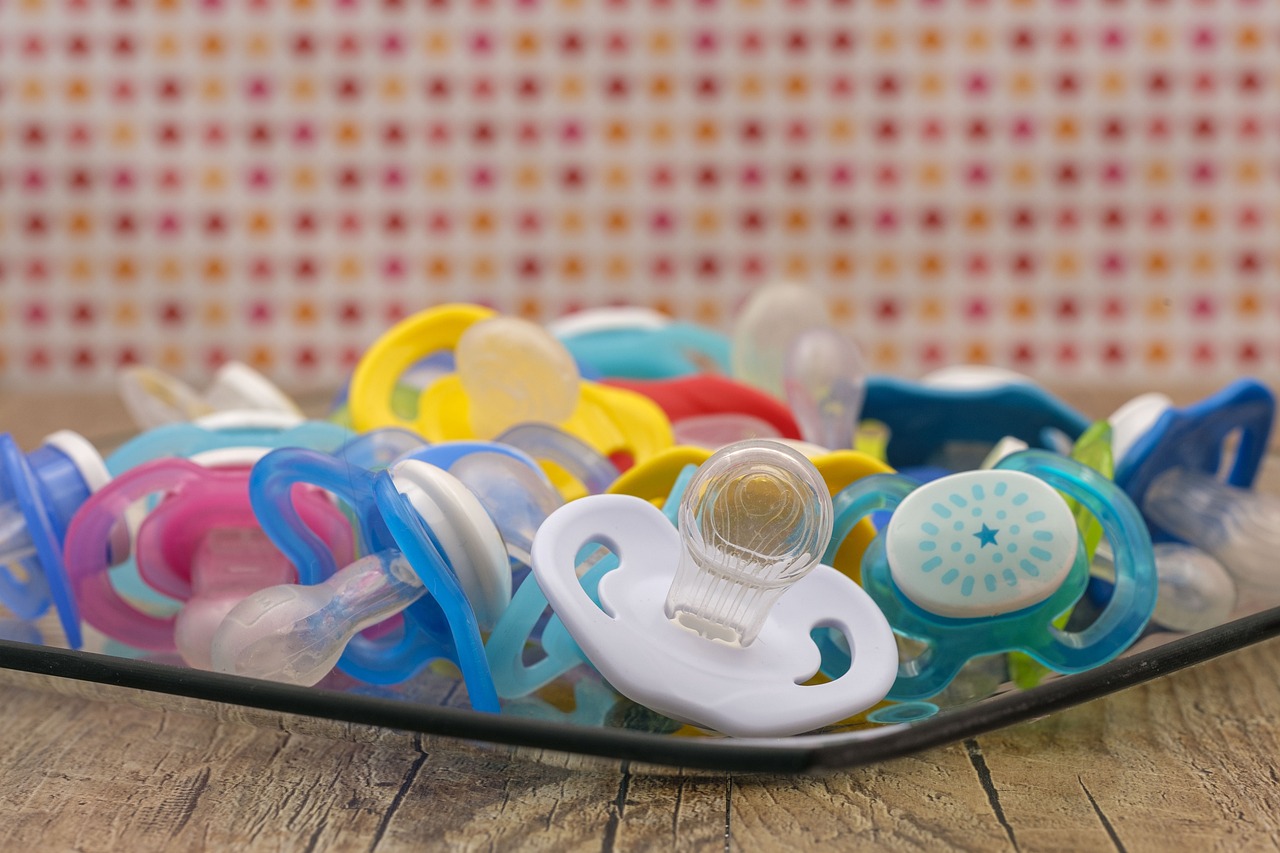
Starch-Based Bioplastics
Starch-based bioplastics are a fascinating innovation in the quest for sustainable materials. Derived from renewable resources like corn, potatoes, and tapioca, these bioplastics offer a promising alternative to traditional petroleum-based plastics. The production process involves extracting starch from these plants and then converting it into a polymer through various chemical processes. This transformation is a bit like turning raw ingredients into a delicious meal; it requires careful preparation and the right conditions to yield a beneficial product.
One of the standout features of starch-based bioplastics is their compostability. When disposed of properly, they can break down into natural components, enriching the soil rather than polluting it. This is a significant advantage over conventional plastics, which can take hundreds of years to decompose. However, to truly appreciate the value of starch-based bioplastics, we need to delve deeper into their production process and environmental advantages.
These bioplastics are not just a one-size-fits-all solution; they come with unique properties that make them suitable for various applications. For instance, they are often used in:
- Packaging materials: Their ability to decompose makes them ideal for single-use items like bags and food containers.
- Agricultural films: Farmers utilize them for mulch films that can enhance soil quality post-harvest.
- Disposable cutlery and plates: Perfect for events and gatherings where convenience is key.
Despite their many advantages, it's essential to acknowledge that starch-based plastics are not without limitations. For example, they can be less durable than traditional plastics, which poses challenges in applications requiring high strength and resistance. Additionally, their storage conditions are crucial; they can absorb moisture and degrade if not kept in a controlled environment. It's a bit like keeping a delicate flower; it needs the right care to thrive and not wilt away.
In summary, starch-based bioplastics represent a significant step toward reducing our reliance on fossil fuels and minimizing plastic waste. However, understanding their limitations is just as important as recognizing their benefits. As we continue to explore sustainable materials, starch-based bioplastics will undoubtedly play a crucial role in shaping a greener future.
Q: Are starch-based bioplastics completely biodegradable?
A: Yes, starch-based bioplastics are designed to break down into natural components under the right conditions, typically in composting environments.
Q: Can starch-based plastics be recycled?
A: While they are compostable, starch-based plastics are not typically recyclable in conventional recycling systems. It's important to dispose of them in compost facilities.
Q: What are the main sources of starch for these bioplastics?
A: Common sources include corn, potatoes, and tapioca, which are renewable and widely available.
Q: How do starch-based bioplastics compare to traditional plastics in terms of cost?
A: Currently, starch-based bioplastics can be more expensive to produce than traditional plastics, but prices are expected to decrease as technology advances and production scales up.
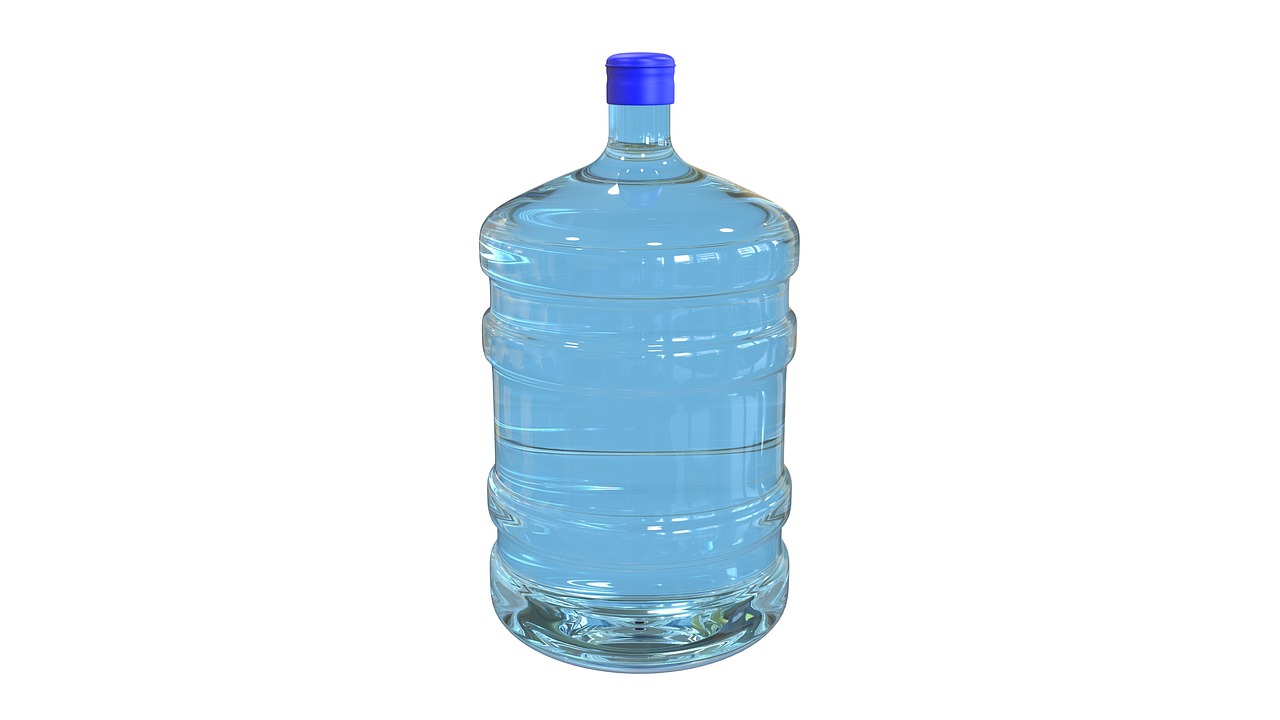
Applications of Starch-Based Plastics
Starch-based plastics, derived from renewable resources such as corn, potatoes, and tapioca, have carved a niche for themselves in various industries due to their biodegradable nature and versatility. One of the most significant applications of these bioplastics is in the packaging industry. Imagine walking into a grocery store and seeing your favorite snack wrapped in a material that not only protects it but also breaks down naturally after use. That's the promise of starch-based plastics! They are used for everything from food packaging to disposable cutlery, providing a sustainable alternative to traditional plastics that can take hundreds of years to decompose.
In addition to packaging, starch-based plastics play a vital role in the agricultural sector. They are used for creating biodegradable mulch films, which help retain soil moisture and suppress weeds while eventually breaking down and enriching the soil. This not only benefits farmers by reducing the need for plastic waste disposal but also contributes to a healthier ecosystem. Furthermore, these plastics are finding their way into the manufacturing of biodegradable bags, which are particularly popular among environmentally conscious consumers and businesses aiming to reduce their carbon footprint.
Another interesting application of starch-based plastics is in the production of consumer goods. Items such as disposable plates, cups, and even some types of toys are increasingly being made from these materials. The ability to produce everyday items that are both functional and environmentally friendly is a game-changer. However, it's essential to note that while starch-based plastics are a step in the right direction, they are not a one-size-fits-all solution. Their performance can vary based on the specific application, and they may not always provide the same durability as traditional plastics.
To sum up, starch-based plastics are making significant inroads into various sectors, proving that sustainability and practicality can go hand in hand. As technology continues to evolve, we can expect to see even more innovative uses for these materials. The future might just hold the key to a world where biodegradable materials replace conventional plastics entirely, leading to a cleaner, greener planet.
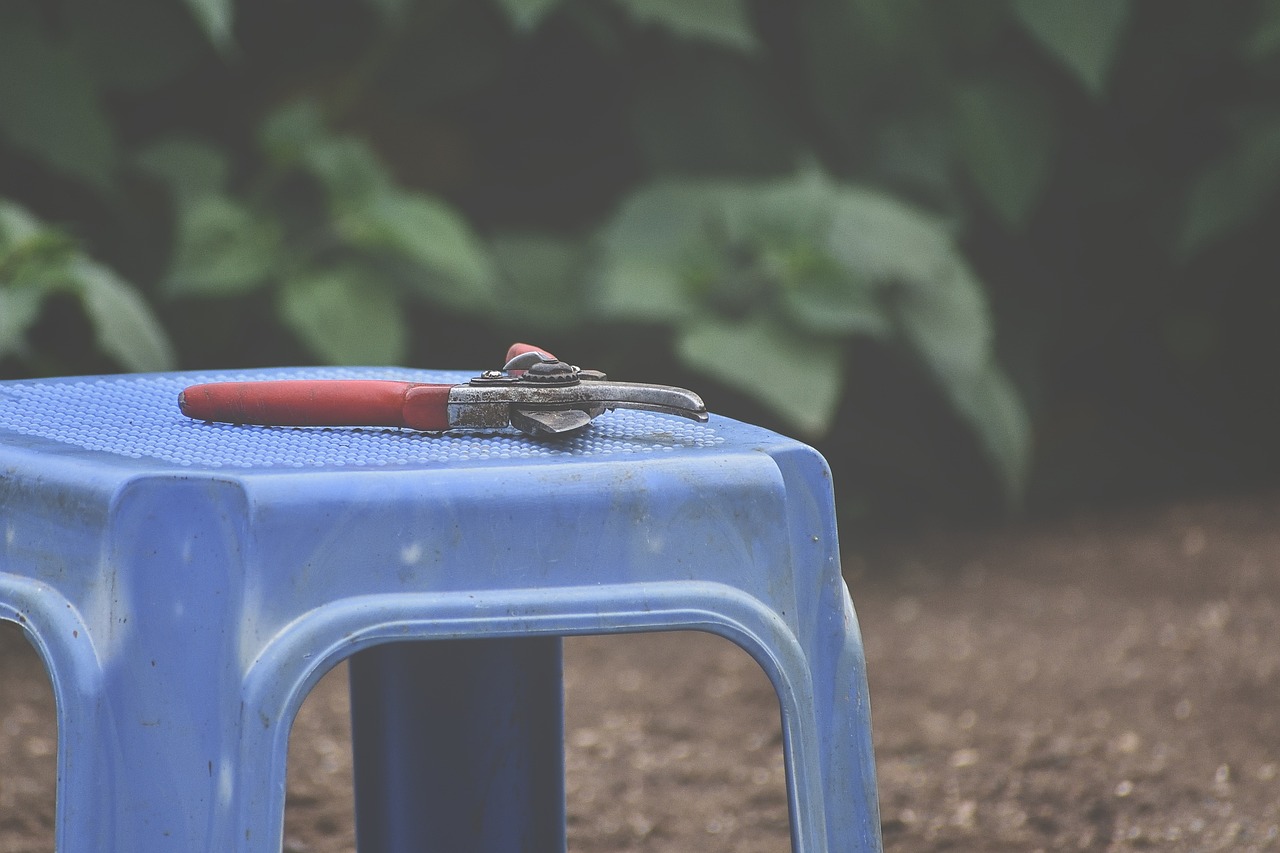
Limitations of Starch-Based Plastics
While starch-based plastics present a promising alternative to traditional plastics, they are not without their drawbacks. One of the primary limitations is their performance in various applications. For instance, starch-based plastics tend to have lower strength and durability compared to conventional plastics, which can be a significant concern in industries requiring robust materials. This reduced performance may limit their use in high-stress environments, where traditional plastics have long been the go-to choice.
Another critical issue is storage stability. Starch-based plastics are more susceptible to moisture and temperature fluctuations, which can lead to degradation even before they are used. This means that manufacturers must take extra precautions during storage and transportation to ensure that the materials remain viable for production. Such additional steps can potentially increase costs and complicate logistics.
Moreover, the composting process required to break down starch-based plastics effectively can be a double-edged sword. While they are designed to decompose in composting facilities, they often require specific conditions (like heat and moisture) to break down efficiently. If they end up in a landfill instead of a composting site, they may take significantly longer to decompose, undermining their eco-friendly claims.
Lastly, the sourcing of raw materials for starch-based plastics raises concerns about agricultural practices. The cultivation of crops for bioplastics can lead to land use changes, which may contribute to deforestation and biodiversity loss. Additionally, the use of fertilizers and pesticides in growing these crops can have negative environmental impacts, counteracting some of the benefits of using biodegradable materials.
In summary, while starch-based plastics offer an innovative solution to plastic pollution, their limitations in performance, storage, composting, and agricultural impact must be carefully considered. As we strive for a more sustainable future, it’s essential to weigh these factors against the benefits they provide.
- What are starch-based plastics made from? Starch-based plastics are primarily derived from renewable resources like corn, potatoes, and tapioca.
- How long does it take for starch-based plastics to decompose? Under ideal composting conditions, starch-based plastics can decompose within a few months, but this can vary significantly if they are improperly disposed of.
- Are starch-based plastics more expensive than traditional plastics? Generally, starch-based plastics can be more expensive due to their production processes and raw material sourcing.
- Can starch-based plastics be recycled? While they are biodegradable, starch-based plastics are not typically recyclable through conventional plastic recycling systems.

PLA (Polylactic Acid)
Polylactic Acid (PLA) is one of the most popular biodegradable plastics on the market today, primarily due to its versatility and the fact that it is derived from renewable resources. Made from fermented plant starch, typically sourced from corn, PLA has gained traction as a sustainable alternative to traditional petroleum-based plastics. But what exactly makes PLA stand out, and what should we know about its properties and potential drawbacks?
One of the key benefits of PLA is its biodegradability. Unlike conventional plastics that can take hundreds of years to decompose, PLA can break down under the right conditions, making it a more environmentally friendly option. However, it's important to note that PLA does not decompose in a typical backyard compost pile; it requires industrial composting facilities where the temperature and conditions are controlled. This raises questions about the accessibility of such facilities and whether they are widely available to the average consumer.
Additionally, PLA is known for its high clarity and excellent printability, which makes it a popular choice in the packaging industry. You might have noticed PLA being used in items like disposable cutlery, food containers, and even 3D printing filaments. However, its performance can vary depending on the application. For example, while it performs well in many situations, it can become brittle at lower temperatures and may not hold up under heat, which can be a significant limitation for certain uses.
When it comes to the environmental impact of PLA, the production process deserves attention. While it is derived from renewable resources, the cultivation of crops like corn requires land, water, and energy. This means that while PLA is a step in the right direction, it is not without its environmental costs. The carbon footprint of PLA production is generally lower than that of traditional plastics, but it's essential to consider the entire lifecycle of the product.
In summary, PLA presents both exciting opportunities and notable challenges. Its ability to biodegrade under specific conditions makes it a promising alternative to traditional plastics, but the limitations in its decomposition process and production impacts cannot be overlooked. As we continue to explore sustainable materials, understanding PLA's role in the broader context of environmental conservation is crucial.
- Is PLA safe for food contact? Yes, PLA is generally considered safe for food contact, but it is essential to check for specific certifications.
- Can PLA be recycled? PLA can be recycled, but it requires specialized facilities. It's not typically accepted in standard recycling streams.
- How long does it take for PLA to decompose? Under industrial composting conditions, PLA can decompose in about 90 to 180 days.
- What are the environmental impacts of PLA production? While PLA has a lower carbon footprint than traditional plastics, its production still involves resource use and environmental considerations.

Environmental Impact of Biodegradable Plastics
The environmental impact of biodegradable plastics is a topic that has gained significant attention in recent years. As we grapple with the overwhelming problem of plastic pollution, these alternatives promise a greener future. But are they really as eco-friendly as they claim to be? To answer this question, we need to dig deep into their lifecycle—from production to disposal—and examine their effects on our planet.
One of the most compelling aspects of biodegradable plastics is their ability to decompose under certain conditions. Unlike traditional plastics, which can take hundreds of years to break down, biodegradable plastics can break down into natural substances like water, carbon dioxide, and biomass. However, this process is not as straightforward as it seems. The decomposition of biodegradable plastics often requires specific conditions, such as the right temperature, moisture level, and microbial activity. Without these ideal conditions, these plastics may not decompose as intended, leading to environmental concerns.
Moreover, the production of biodegradable plastics can also have environmental implications. Many biodegradable plastics are derived from agricultural feedstocks, which can lead to land-use changes and competition with food production. This raises an important question: Are we sacrificing food security for the sake of greener plastics? The answer is complex and requires a balanced approach to resource management.
In terms of wildlife impact, biodegradable plastics do present both risks and benefits. On one hand, they are less likely to cause long-term harm compared to traditional plastics, which can entangle and harm marine life for decades. On the other hand, if these biodegradable materials do not break down as intended, they can still pose threats to wildlife. For example, animals may ingest these plastics, mistaking them for food, leading to health issues or even death. The potential for biodegradable plastics to create microplastics also raises concerns, as these tiny particles can infiltrate ecosystems and enter the food chain.
To better understand the overall impact, let’s consider some key points:
- Decomposition Conditions: Biodegradable plastics require specific environmental conditions to decompose effectively.
- Production Impact: The agricultural demand for feedstocks can compete with food production and affect land use.
- Wildlife Risks: While biodegradable plastics may decompose, they can still pose risks to wildlife if not managed properly.
Ultimately, the effectiveness of biodegradable plastics as a sustainable solution hinges on proper disposal and recycling practices. If consumers and industries do not handle these materials appropriately, the environmental benefits may be lost. This leads us to a crucial point: education and awareness are vital. Understanding how to use and dispose of biodegradable plastics correctly can significantly enhance their positive impact on the environment.
In conclusion, while biodegradable plastics offer a promising alternative to traditional plastics, their environmental impact is multifaceted. It requires a careful examination of their production, decomposition, and effects on wildlife. As we continue to innovate and seek sustainable solutions, it is essential to weigh the benefits against the potential drawbacks, ensuring that we move toward a truly eco-friendly future.
Q1: Are biodegradable plastics completely safe for the environment?
A1: While they are designed to break down more easily than traditional plastics, biodegradable plastics still require specific conditions to decompose effectively. Improper disposal can lead to environmental harm.
Q2: Can biodegradable plastics be recycled?
A2: It depends on the type of biodegradable plastic. Some can be composted, while others may not be suitable for traditional recycling processes. Always check local guidelines for disposal.
Q3: Do biodegradable plastics contribute to food insecurity?
A3: Yes, the production of biodegradable plastics from agricultural feedstocks can compete with food production, raising concerns about land use and food security.
Q4: What happens to biodegradable plastics in landfills?
A4: In landfills, biodegradable plastics may not break down efficiently due to the lack of oxygen and moisture, which are necessary for decomposition.
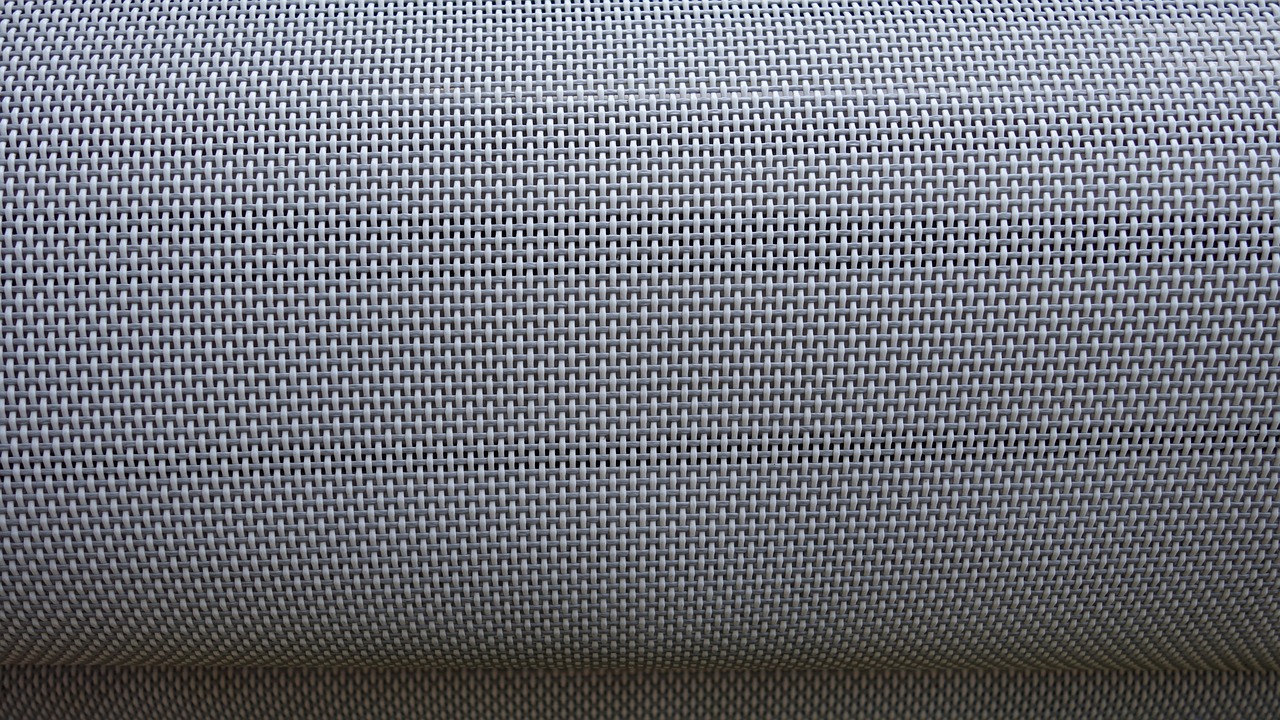
Decomposition Process
When it comes to biodegradable plastics, the is a game changer. Unlike traditional plastics that can linger in the environment for hundreds of years, biodegradable plastics are designed to break down more rapidly under the right conditions. But what does "biodegradable" really mean? It refers to materials that can be broken down by microorganisms into natural substances like water, carbon dioxide, and biomass. However, the effectiveness of this process is highly dependent on several factors, including temperature, humidity, and the presence of microorganisms.
To understand how biodegradable plastics decompose, it’s essential to know the different environments in which they can break down. For instance, some biodegradable plastics require industrial composting facilities to decompose effectively, where temperatures can reach around 140°F (60°C) or higher. In these controlled environments, microorganisms thrive, breaking down the plastic within a matter of months. On the other hand, if these materials end up in a landfill, the decomposition process can slow dramatically due to the lack of oxygen and light, potentially causing them to remain intact for years.
Here’s a quick overview of the decomposition conditions required for various types of biodegradable plastics:
| Type of Biodegradable Plastic | Optimal Decomposition Conditions | Timeframe for Decomposition |
|---|---|---|
| Starch-Based Plastics | Moist, warm, and aerated environments | 3 to 6 months |
| PLA (Polylactic Acid) | High temperatures (above 140°F), high humidity | 6 to 12 months |
| PHA (Polyhydroxyalkanoates) | Varied environments, including marine | 1 to 5 years |
While the potential for biodegradable plastics to reduce pollution is exciting, it’s crucial to remember that they are not a silver bullet. The conditions for optimal decomposition are not always met in natural settings. For example, if biodegradable plastics are tossed into a regular trash bin and sent to a landfill, they may not break down as intended. This reality raises important questions about how we manage waste and the infrastructure needed to support the effective decomposition of these materials.
In conclusion, while biodegradable plastics offer a promising alternative to traditional plastics, their environmental benefits hinge significantly on the conditions under which they decompose. Understanding these factors not only helps in making informed choices about plastic use but also emphasizes the need for better waste management systems to ensure these materials can fulfill their eco-friendly potential.
- What are biodegradable plastics made of? Biodegradable plastics can be made from various materials, including starch, polylactic acid (PLA), and polyhydroxyalkanoates (PHA).
- How long do biodegradable plastics take to decompose? The decomposition time varies depending on the type of biodegradable plastic and the conditions in which it is disposed of, ranging from a few months to several years.
- Can biodegradable plastics break down in a landfill? Generally, biodegradable plastics do not decompose effectively in landfills due to the lack of oxygen and proper conditions.
- Are biodegradable plastics a solution to plastic pollution? While they can help reduce plastic pollution, they are not a complete solution and must be part of a broader strategy that includes recycling and waste reduction.
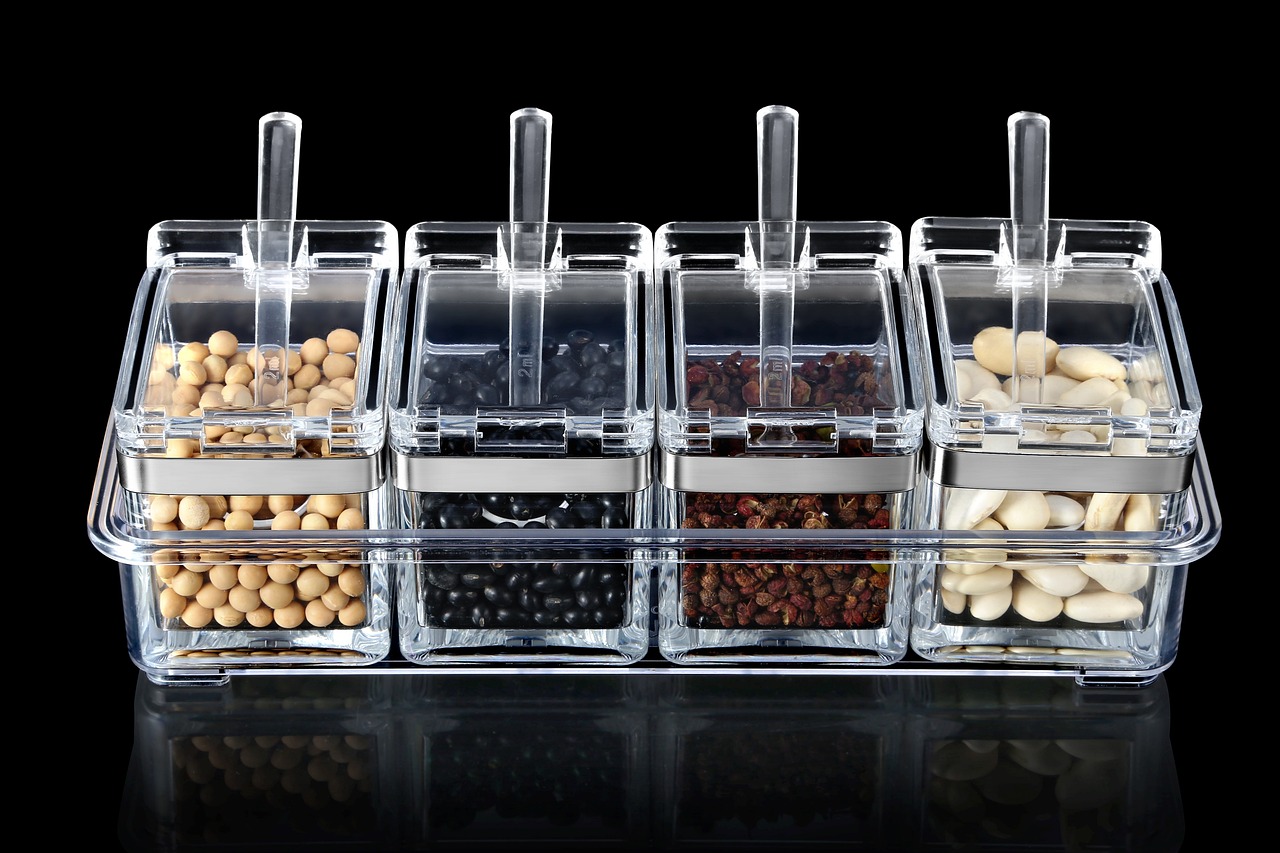
Impact on Wildlife
The impact of biodegradable plastics on wildlife is a topic that sparks considerable debate among environmentalists, scientists, and the general public. While the primary aim of these materials is to reduce plastic pollution, the reality is often more complex. On one hand, biodegradable plastics are designed to break down more quickly than their traditional counterparts, which can theoretically reduce the risk of long-term entanglement and ingestion by animals. However, the conditions required for effective decomposition can sometimes negate these benefits.
One of the most significant concerns is that biodegradable plastics do not decompose in natural environments as efficiently as one might hope. For instance, many biodegradable plastics require specific industrial composting facilities to break down properly, which are not available everywhere. In the wild, these materials may persist for much longer than intended, leading to similar risks as traditional plastics. Animals, mistaking these materials for food, can ingest them, leading to health issues, malnutrition, or even death. The ingestion of plastics can cause blockages in the digestive systems of wildlife, resulting in starvation and suffering.
Moreover, the breakdown of biodegradable plastics can release microplastics into the environment, which can enter the food chain. These microplastics can be ingested by smaller marine life, which then become food for larger animals, thus propagating the issue throughout the ecosystem. Research indicates that microplastics can have harmful effects on marine organisms, including reduced growth, reproductive issues, and increased mortality rates. This creates a ripple effect, impacting not just individual species but entire ecosystems.
In addition to ingestion, there is also the concern of entanglement. While biodegradable plastics may degrade faster than traditional plastics, they can still pose a risk of entanglement for animals like sea turtles, birds, and marine mammals. The sight of wildlife caught in plastic debris is a heart-wrenching image that underscores the urgent need for better waste management practices and public education on the responsible disposal of plastics.
Furthermore, it's essential to recognize that not all biodegradable plastics are created equal. Some are derived from natural materials, while others involve synthetic processes that may not be as environmentally friendly as advertised. This variance can lead to confusion among consumers and wildlife alike. To better understand the implications for wildlife, we must consider the following:
| Type of Biodegradable Plastic | Potential Wildlife Impact |
|---|---|
| Starch-Based Plastics | Compostable but may persist in natural environments, posing ingestion risks. |
| PLA (Polylactic Acid) | Requires industrial composting; can release microplastics if not properly managed. |
| PHA (Polyhydroxyalkanoates) | More biodegradable in natural settings but still poses risks of entanglement. |
In summary, while biodegradable plastics have the potential to be a part of the solution to plastic pollution, their impact on wildlife is multifaceted and requires careful consideration. It is crucial to promote awareness about the proper disposal of these materials and to invest in infrastructure that supports their decomposition. Only then can we hope to mitigate the risks they pose to our planet's precious wildlife.
Q: Are biodegradable plastics safe for wildlife?
A: While biodegradable plastics are designed to break down more quickly than traditional plastics, they can still pose risks such as ingestion and entanglement if not disposed of properly. Their degradation often requires specific conditions that may not be met in natural environments.
Q: How long do biodegradable plastics take to decompose?
A: The decomposition time for biodegradable plastics can vary significantly based on the type of plastic and environmental conditions. Some may take a few months in industrial composting facilities, while others could persist for years in natural settings.
Q: What can I do to help reduce plastic waste?
A: You can help reduce plastic waste by minimizing single-use plastics, properly disposing of all plastic materials, supporting recycling programs, and advocating for biodegradable alternatives that are genuinely eco-friendly.
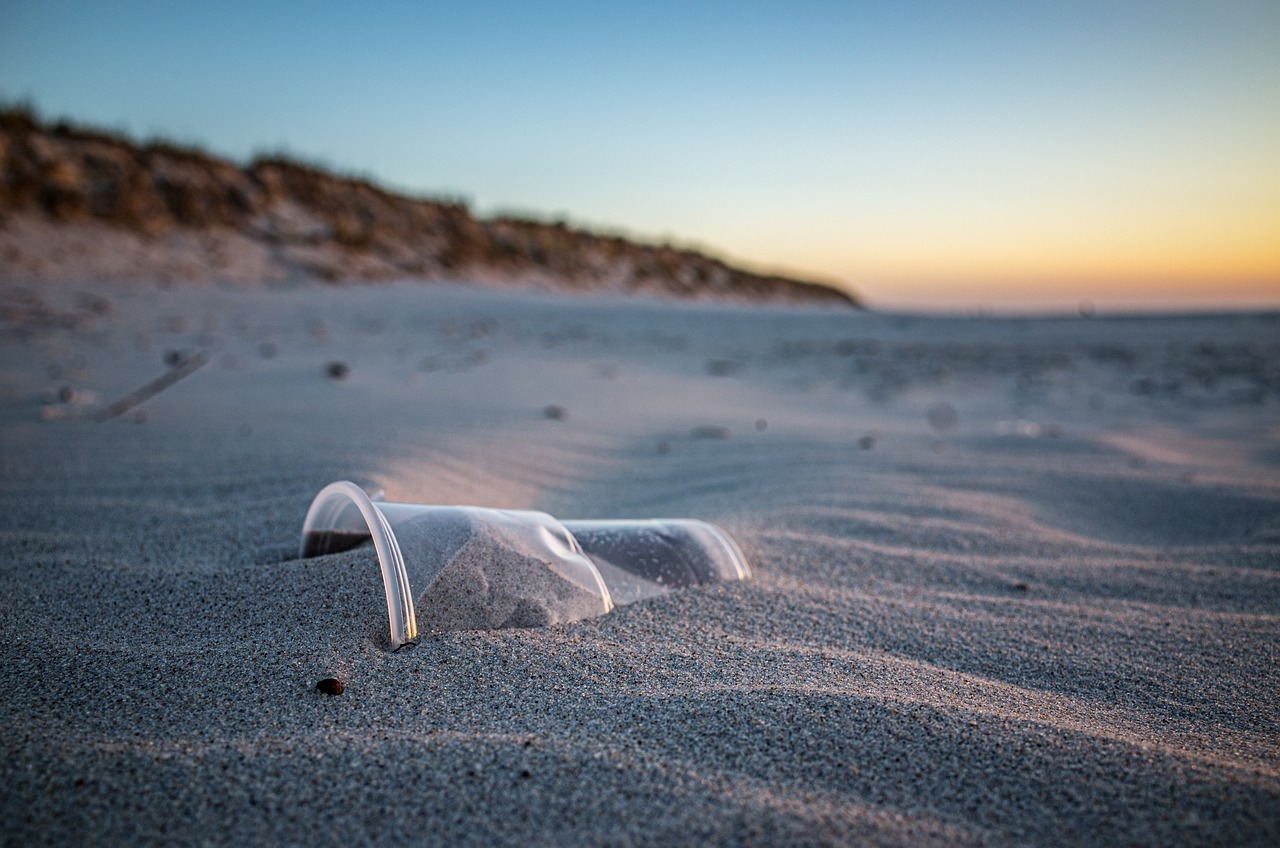
Comparing Biodegradable Plastics to Traditional Plastics
When it comes to the ongoing battle of biodegradable plastics versus traditional plastics, the stakes are high, and the implications are profound. Many people assume that biodegradable plastics are the ultimate solution to our plastic pollution crisis, but is that really the case? To understand this, we need to dive into a comparison that examines their environmental footprints, recycling potential, and overall sustainability.
First off, let's talk about the environmental footprint. Traditional plastics, made from fossil fuels, can take hundreds of years to decompose, leading to significant accumulation in landfills and oceans. In contrast, biodegradable plastics are designed to break down more quickly, often within a few months to a couple of years, depending on the conditions. However, this doesn't mean they are a silver bullet. The decomposition process requires specific conditions—like heat, moisture, and microbial activity—that are not always present in typical landfill environments. This raises the question: if biodegradable plastics don’t break down in landfills, are they really better for the environment?
Next, let's consider recycling potential. Traditional plastics have a well-established recycling infrastructure, allowing them to be repurposed into new products. Yet, biodegradable plastics often cannot be recycled in the same facilities due to their different chemical compositions. This creates a dilemma: while biodegradable plastics are marketed as eco-friendly, their inability to fit into existing recycling systems can lead to increased contamination and inefficiencies. So, while they may reduce plastic waste, they also complicate the recycling process.
To illustrate these differences, let’s look at a brief comparison table:
| Aspect | Biodegradable Plastics | Traditional Plastics |
|---|---|---|
| Decomposition Time | Months to Years (with proper conditions) | Hundreds of Years |
| Recycling Potential | Limited; often not recyclable with traditional plastics | Well-established systems available |
| Environmental Impact | Potentially lower, but depends on disposal methods | High, due to long-term pollution |
Moreover, the overall sustainability of biodegradable plastics is still a topic of debate. While they can help reduce plastic waste in the short term, the resources required for their production—like agricultural land and water—can lead to other environmental issues, such as deforestation and water scarcity. This brings us back to the question of whether the benefits truly outweigh the costs. Are we merely shifting the problem from one area to another?
Lastly, consumer perception plays a vital role in this comparison. Many people believe that using biodegradable plastics makes them environmentally conscious, but this perception can lead to a false sense of security. It’s crucial for consumers to understand that just because a product is labeled as biodegradable doesn’t mean it will decompose in their backyard compost pile or in a landfill. This misunderstanding can lead to improper disposal and ultimately negate the environmental benefits of biodegradable plastics.
In summary, while biodegradable plastics offer some advantages over traditional plastics, they are not without their drawbacks. The complexity of their decomposition, challenges in recycling, and the environmental costs of their production all contribute to a nuanced debate. As consumers and manufacturers, we must remain vigilant and informed, ensuring that our choices contribute to a truly sustainable future.
- Are biodegradable plastics always better for the environment? Not necessarily. Their benefits depend on proper disposal and environmental conditions.
- Can biodegradable plastics be recycled? Most biodegradable plastics cannot be recycled with traditional plastics, leading to contamination issues.
- How long do biodegradable plastics take to decompose? This can vary widely, from a few months to several years, depending on conditions.
- What should I do with biodegradable plastic products? Ideally, they should be composted in facilities designed for that purpose, not thrown in regular landfills.
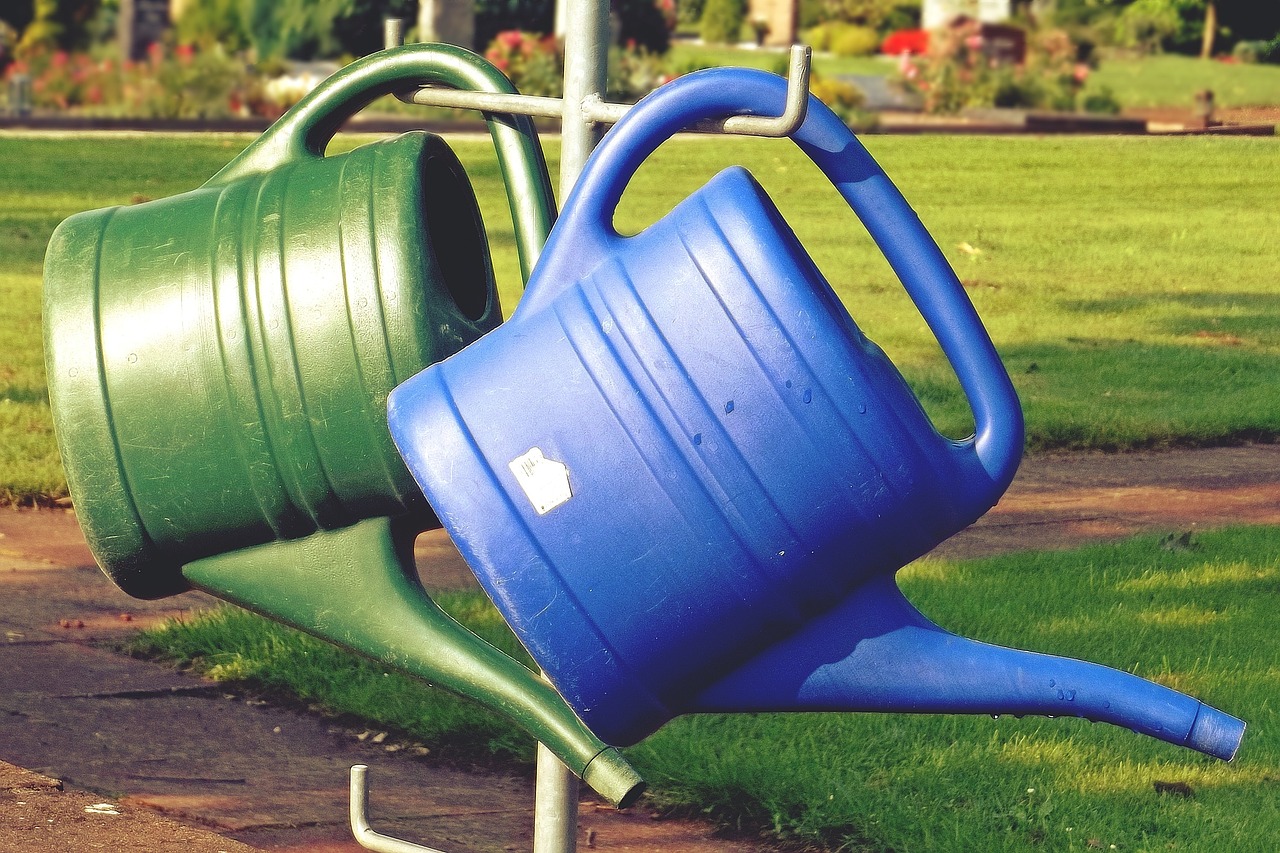
Life Cycle Assessment
Conducting a life cycle assessment (LCA) is crucial when evaluating the environmental impact of biodegradable plastics. This comprehensive analysis examines every stage of a product's life, from raw material extraction to production, use, and eventual disposal. By understanding the complete picture, we can determine whether biodegradable plastics truly offer a sustainable alternative to traditional plastics.
The LCA methodology typically involves four key phases:
- Goal and Scope Definition: This initial phase outlines the purpose of the assessment and the boundaries of the study. It sets the stage for what will be analyzed and what questions the assessment aims to answer.
- Inventory Analysis: Here, data is collected on all inputs and outputs associated with each life cycle stage. This includes energy consumption, raw material usage, emissions, and waste generation.
- Impact Assessment: This phase evaluates the potential environmental impacts based on the inventory data. It looks at factors such as greenhouse gas emissions, resource depletion, and ecological toxicity.
- Interpretation: Finally, the results are analyzed to draw conclusions and make recommendations. This helps stakeholders understand the trade-offs and benefits associated with biodegradable plastics.
Through an LCA, we can uncover surprising insights about biodegradable plastics. For instance, while they may decompose more quickly than traditional plastics, the energy and resources required for their production can sometimes offset these benefits. Additionally, the conditions necessary for effective biodegradation—such as specific temperature and moisture levels—are not always met in natural environments, leading to questions about their actual effectiveness in reducing plastic pollution.
Furthermore, comparing the life cycle impacts of biodegradable plastics with those of conventional plastics reveals a complex landscape. While biodegradable options may indeed offer certain advantages, such as reduced landfill accumulation and lower long-term pollution potential, they are not a panacea. The choice of materials, production methods, and end-of-life management all play significant roles in determining their overall sustainability.
Ultimately, the findings from life cycle assessments can guide consumers, manufacturers, and policymakers in making informed decisions. As public awareness grows regarding the environmental challenges posed by plastics, understanding the full life cycle of these materials becomes more critical than ever. By embracing a holistic view, we can better navigate the path toward a more sustainable future.
Q: What is a life cycle assessment?
A: A life cycle assessment (LCA) evaluates the environmental impact of a product throughout its entire life, from raw material extraction to disposal.
Q: Why is LCA important for biodegradable plastics?
A: LCA helps identify the true environmental benefits and drawbacks of biodegradable plastics, ensuring that decisions are based on comprehensive data rather than assumptions.
Q: Can biodegradable plastics decompose in any environment?
A: No, biodegradable plastics require specific conditions, such as temperature and moisture, to break down effectively. Without these conditions, they may not decompose as intended.
Q: Are biodegradable plastics always better for the environment?
A: Not necessarily. While they can reduce plastic pollution, their production and disposal also have environmental impacts that must be considered through LCA.
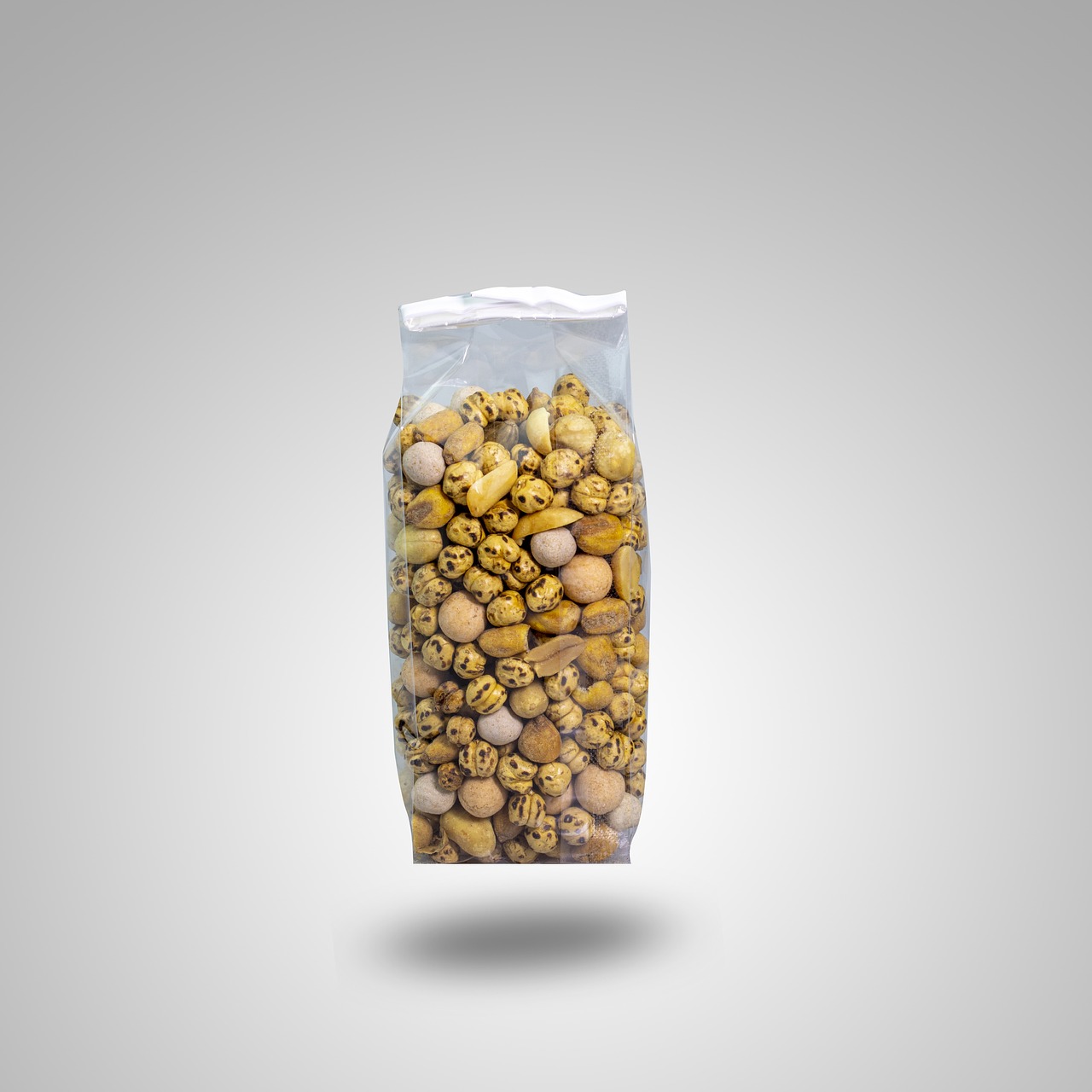
Consumer Perception and Behavior
When it comes to biodegradable plastics, consumer perception plays a pivotal role in shaping market trends and driving sustainable practices. Many people believe that choosing biodegradable options is a step towards a more eco-friendly lifestyle. This perception is often fueled by marketing campaigns that highlight the benefits of biodegradable materials. However, the reality is a bit more complex. While biodegradable plastics are designed to break down more easily than traditional plastics, the effectiveness of this process often depends on the conditions in which they are disposed of.
Interestingly, a significant portion of consumers may not fully understand the differences between biodegradable and traditional plastics. For example, some might assume that all biodegradable plastics will decompose in a home compost bin, which is not always the case. In fact, many biodegradable plastics require industrial composting facilities to break down effectively. This misconception can lead to improper disposal practices, ultimately undermining the environmental benefits these materials are supposed to offer.
Moreover, consumer behavior is influenced by a variety of factors, including education, awareness, and availability. As people become more informed about the environmental impact of plastic waste, they tend to gravitate towards biodegradable options. However, the lack of clear labeling and standardized definitions can create confusion. For instance, terms like "biodegradable" and "compostable" are often used interchangeably, yet they have distinct meanings that can affect consumer choices.
In a recent survey, consumers were asked about their preferences regarding biodegradable plastics. The results highlighted several key insights:
| Consumer Preference | Percentage |
|---|---|
| Prefer biodegradable options over traditional plastics | 65% |
| Understand the difference between biodegradable and compostable | 30% |
| Believe biodegradable plastics decompose in home compost bins | 50% |
| Willing to pay more for eco-friendly products | 70% |
This table illustrates a clear inclination towards biodegradable products, yet it also reveals a significant gap in understanding. The fact that only 30% of respondents grasp the difference between biodegradable and compostable materials indicates a pressing need for educational initiatives. Companies and environmental organizations must step up to provide clear, accessible information that demystifies these terms and guides consumers in making informed choices.
Ultimately, consumer perception and behavior are not just about individual choices; they reflect broader societal attitudes towards sustainability. As more people prioritize eco-friendly options, businesses are likely to respond by increasing the availability of biodegradable products. This shift could lead to a more sustainable future, but it requires a collective effort to educate and empower consumers. By fostering a clearer understanding of biodegradable plastics, we can help ensure that these materials fulfill their promise of reducing plastic pollution.
- What are biodegradable plastics made from? Biodegradable plastics can be made from natural materials like corn starch or synthetic polymers designed to break down more easily.
- Do biodegradable plastics decompose in landfills? Most biodegradable plastics do not decompose effectively in landfills due to the lack of oxygen and specific conditions needed for decomposition.
- How can consumers ensure they are disposing of biodegradable plastics correctly? Consumers should look for local composting facilities that accept biodegradable plastics or choose products that are certified compostable.
- Are biodegradable plastics more expensive than traditional plastics? Generally, biodegradable plastics can be more expensive due to the cost of production, but many consumers are willing to pay a premium for eco-friendly options.
Frequently Asked Questions
- What are biodegradable plastics?
Biodegradable plastics are designed to break down more quickly than traditional plastics, often through natural processes. They are made from renewable resources, such as corn starch or sugarcane, and can decompose into natural elements when exposed to the right environmental conditions.
- Are biodegradable plastics truly eco-friendly?
While biodegradable plastics can reduce plastic waste and pollution, their eco-friendliness depends on various factors, including the conditions under which they decompose. In ideal settings, they can be more sustainable than traditional plastics, but if they end up in landfills, their breakdown process may be hindered.
- What types of biodegradable plastics exist?
There are several types of biodegradable plastics, including starch-based bioplastics and PLA (Polylactic Acid). Each type has unique properties and applications, making them suitable for different industries such as packaging, agriculture, and consumer goods.
- How do starch-based bioplastics work?
Starch-based bioplastics are made from renewable resources like corn or potatoes. They undergo a process that transforms starch into a plastic-like material. These bioplastics are often compostable, meaning they can break down into organic matter in a composting environment.
- What are the limitations of biodegradable plastics?
Despite their advantages, biodegradable plastics have limitations, such as performance issues compared to traditional plastics and challenges in storage and transportation. They may not always decompose effectively in non-ideal conditions, which can limit their environmental benefits.
- How do biodegradable plastics decompose?
The decomposition process of biodegradable plastics varies widely. They typically require specific conditions—like moisture, temperature, and microbial activity—to break down efficiently. Without these conditions, they may persist in the environment longer than expected.
- What impact do biodegradable plastics have on wildlife?
Biodegradable plastics can have both positive and negative effects on wildlife. While they are designed to break down and reduce pollution, if consumed by animals, they can still pose risks. Understanding their impact on ecosystems is essential for assessing their overall safety.
- How do biodegradable plastics compare to traditional plastics?
When comparing biodegradable plastics to traditional plastics, it’s important to consider their environmental footprints, recycling potential, and life cycle impacts. Biodegradable plastics may offer a more sustainable option, but their effectiveness largely hinges on proper disposal methods.
- What role does consumer behavior play in the effectiveness of biodegradable plastics?
Consumer awareness and behavior significantly influence the success of biodegradable plastics. If consumers understand their benefits and use them correctly, they can help reduce plastic pollution. However, misconceptions can lead to improper disposal, undermining their environmental advantages.



















